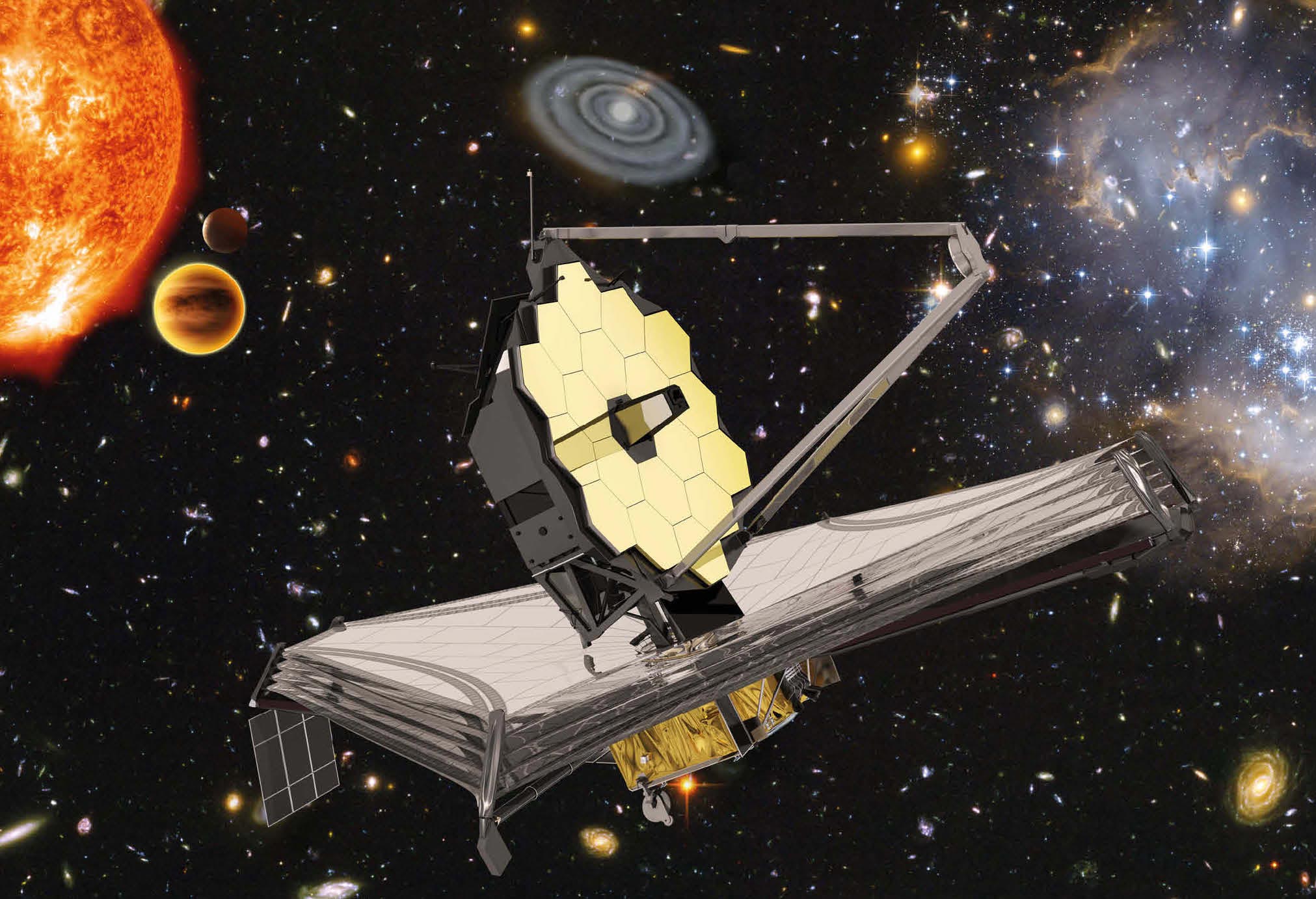Key geographical features and challenges in India's immediate neighborhood: The Himalayas to the north serve as a formidable barrier and a source of hydroelectric power, yet they also pose risks like earthquakes and landslides The fertile plains of the Indus and Ganges river systems are vital for agRead more
Key geographical features and challenges in India’s immediate neighborhood:
- The Himalayas to the north serve as a formidable barrier and a source of hydroelectric power, yet they also pose risks like earthquakes and landslides
- The fertile plains of the Indus and Ganges river systems are vital for agriculture and civilization but face issues such as flooding and water disputes with neighboring countries.
- The Thar Desert in the west poses challenges due to water scarcity and desertification, alongside unique ecological adaptations.
- India’s long coastline along the Arabian Sea and Bay of Bengal offers trade and tourism opportunities but is susceptible to coastal erosion, cyclones, and security concerns. Its island territories like the Andaman and Nicobar Islands have strategic importance but require careful ecological management.
- Political borders with countries like Pakistan, China, Nepal, and Bangladesh are influenced by territorial disputes, terrorism, and migration issues. Ecological diversity, high population density, and climate change impacts further shape the region’s dynamics.
Understanding these geographical nuances is crucial for navigating India’s relationships and challenges within its immediate neighborhood.
See less


The Indian foreign policy “Neighborhood First” policy indeed has had a mixed verdict in terms of success. Successes: Increased Engagement: The policy has fostered a diplomatic relations and dialogue with the neighboring countries. Development Cooperation: India has substantially enhanced aid to neigRead more
The Indian foreign policy “Neighborhood First” policy indeed has had a mixed verdict in terms of success.
Successes:
Increased Engagement: The policy has fostered a diplomatic relations and dialogue with the neighboring countries.
Development Cooperation: India has substantially enhanced aid to neighboring countries through existing initiatives like Line of Credit programme, which has enhanced goodwill and economic relation.
Connectivity Projects: Connectivity and regional integration projects include; BBIN Motor Vehicles Agreement and the Kaladan Multi-Modal Transit Transport Project.
Challenges:
Geopolitical Rivalry: Another challenge which has often come as a result of China’s rising as one of the most influential powers in the region has been the rise of the latter in South Asia.
-Internal Problems: Internal political problem of the nation and regional problems like the issue of Kashmir with Pakistan and issue of Teesta river with Bangladesh have been a bar for it.
-Varying Success: It has been an intervention that has been used with an unpredictable rate of effectiveness in different parts of the world. Although some of the countries it has maintained friendly relations with them, some of them are like Pakistan and Bangladesh.
General Conclusion:
The policy of Prime Minister Indira Gandhi’s administration in foreign policy called “Neighborhood First” have been rather helpful in the course of seen improvement in the relation of India with its neighbors. However, Piao and Zha claim that several factors hinder the realisation of this policy’s objectives and these include geopolitical rivalry, internal issues and the nature of relations between China and partner countries differ.
Key Takeaways
Besides the policy requires a more subtle and elastic approach when managing the peculiarities of bilateral relations and prospects.
The only way that such a policy will sustain itself in the long run is by enhancing confidence and trust among neighbors.
See lessRegional problems and challenges have to be solved with all members involved in search of adequate solution for the farther cooperation in the long term.